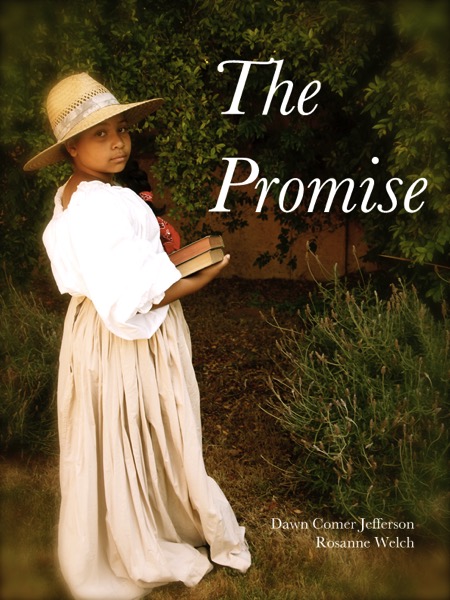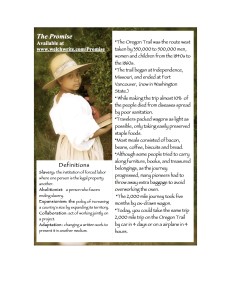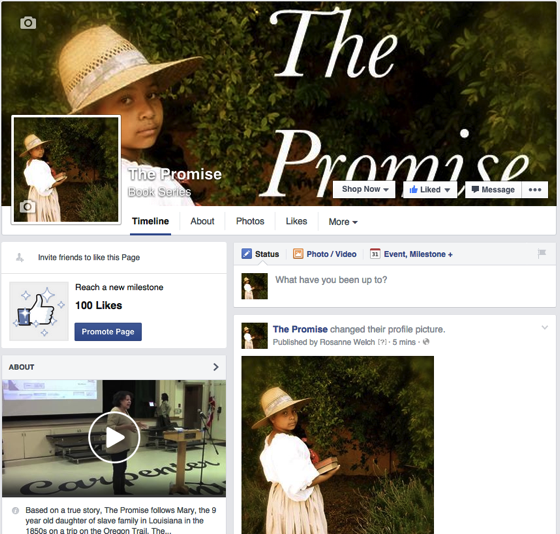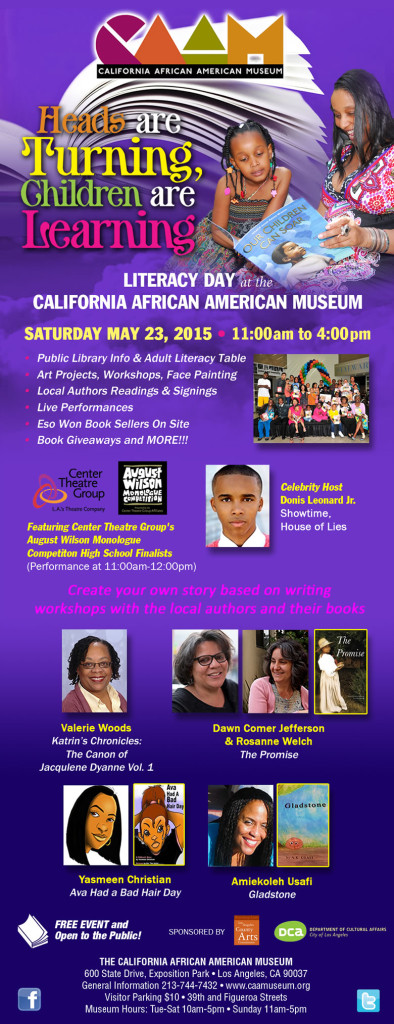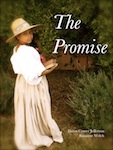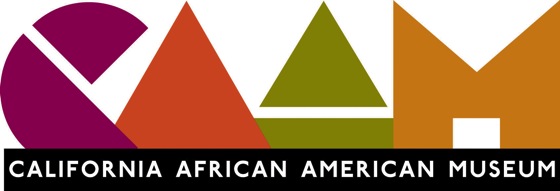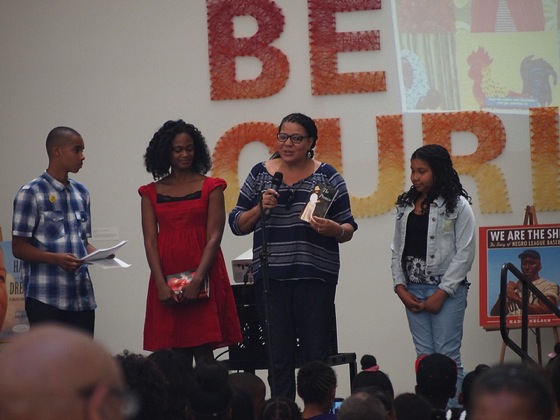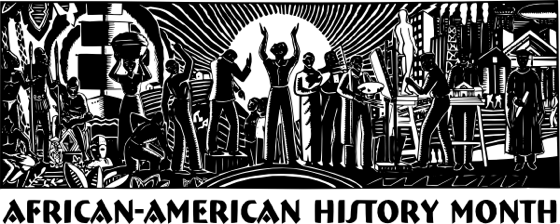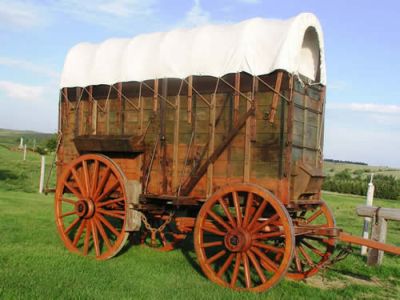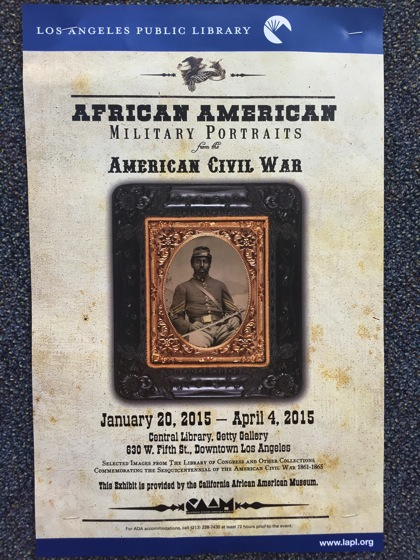This new article from History.com covers the importance of literacy to the fight to end slavery, which is a core theme The Promise, the children’s novel Dawn Comer Jefferson and I wrote a few years ago. We recently guested (via Zoom) in a 4th grade class that uses our novel to supplement their Oregon Trail curriculum in a way that includes African American history.
This article covers how after the way literacy helped Nat Turner’s 1831 rebellion succeed as much as it did, legislation had to be created to limit black people’s access to education. But enslaved people continued to find ways to learn to read, as we illustrate in The Promise. — Rosanne
How Literacy Became a Powerful Weapon in the Fight to End Slavery
Following Nat Turner’s rebellion of 1831, legislation to limit black people’s access to education intensified. But enslaved people found ways to learn.
On August 21, 1831, enslaved Virginian Nat Turner led a bloody revolt, which changed the course of American history. The uprising in Southampton County led to the killing of an estimated 55 white people, resulting in execution of some 55 black people and the beating of hundreds of others by white mobs.
While the rebellion only lasted about 24 hours, it prompted a renewed wave of oppressive legislation prohibiting enslaved people’s movement, assembly—and education.
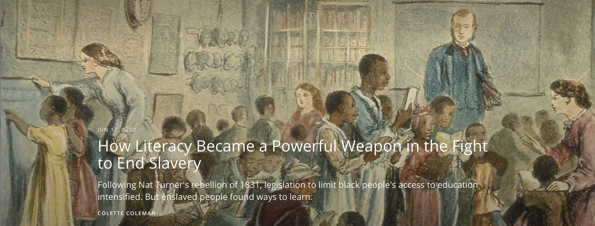
![What It Was Like to Be On the Oregon Trail via Weird History [Video]](http://www.welchwrite.com/promise/wp-content/uploads/2019/07/oregon-trail.jpg)
